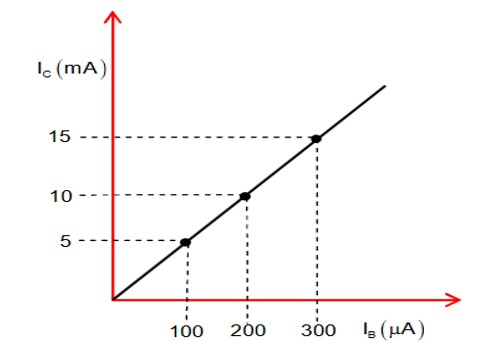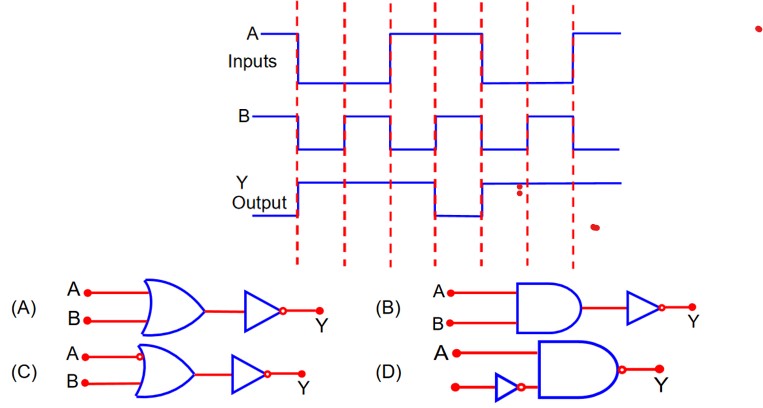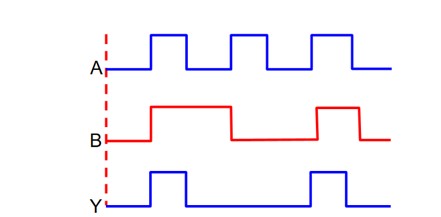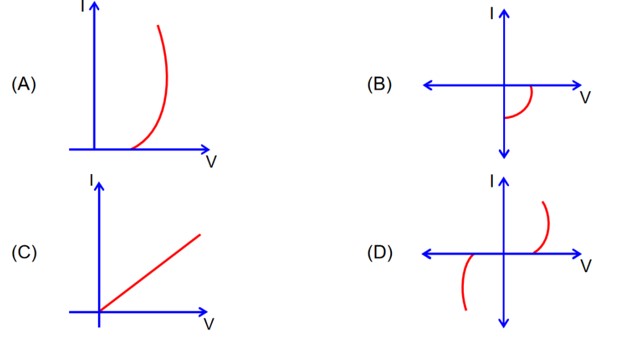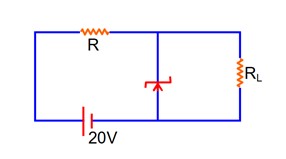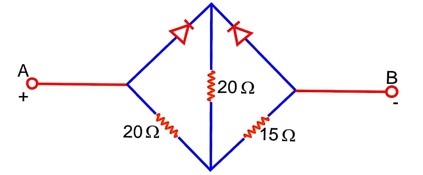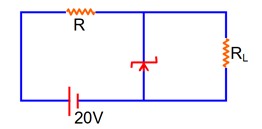Semiconductor Electronics: Materials, Devices and
Get insights from 121 questions on Semiconductor Electronics: Materials, Devices and, answered by students, alumni, and experts. You may also ask and answer any question you like about Semiconductor Electronics: Materials, Devices and
Follow Ask QuestionQuestions
Discussions
Active Users
Followers
New answer posted
3 months agoContributor-Level 10
Voltage gain =
R0 ->Output Resistance
Ri ->Input Resistance
IC ->Collector current
IB ->Base current
Voltage gain =
New answer posted
3 months agoContributor-Level 10
Truth table for Input & Output
A | B | y |
1 | 1 | 0 |
0 | 0 | 1 |
0 | 1 | 1 |
1 | 0 | 1 |
1 | 1 | 0 |
0 | 0 | 1 |
0 | 1 | 1 |
1 | 0 | 1 |
Now, Truth Table for option B.
A | B | y |
1 | 1 | 0 |
1 | 0 | 1 |
0 | 1 | 1 |
0 | 0 | 1 |
New question posted
3 months agoNew answer posted
3 months agoContributor-Level 10
V-l characteristics graph is plotted in 4th quadrant for solar cell.
New answer posted
3 months agoContributor-Level 10
20 – imax R – 8 = 0
imax R = 12

At maxm zener current –
imaxR = 12v
25 * 10-3 R = 12
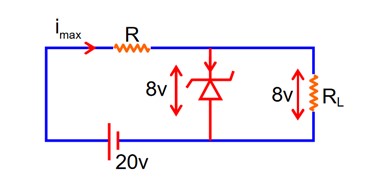
New answer posted
3 months agoNew answer posted
4 months agoContributor-Level 10
20 – imax R – 8 = 0
imax R = 12
At minimum zener current
At maxm zener current –
imaxR = 12v
25 * 103 R = 12
Taking an Exam? Selecting a College?
Get authentic answers from experts, students and alumni that you won't find anywhere else
Sign Up on ShikshaOn Shiksha, get access to
- 65k Colleges
- 1.2k Exams
- 679k Reviews
- 1800k Answers

